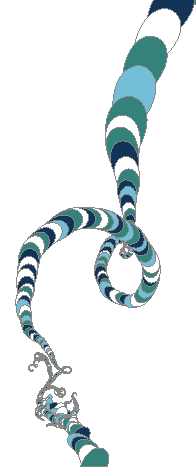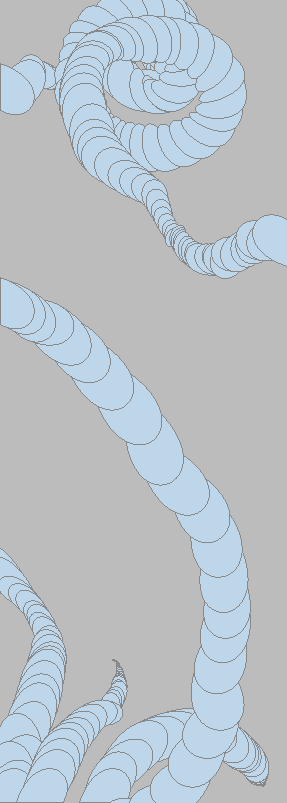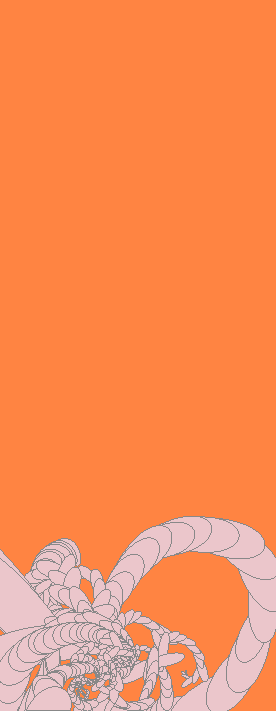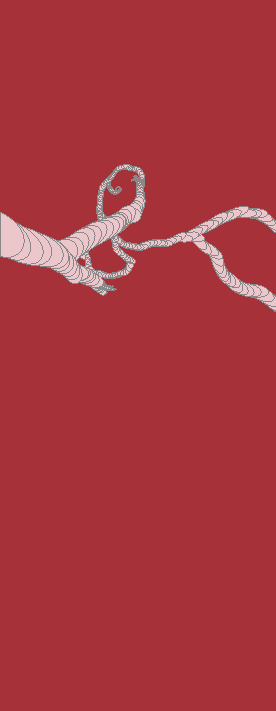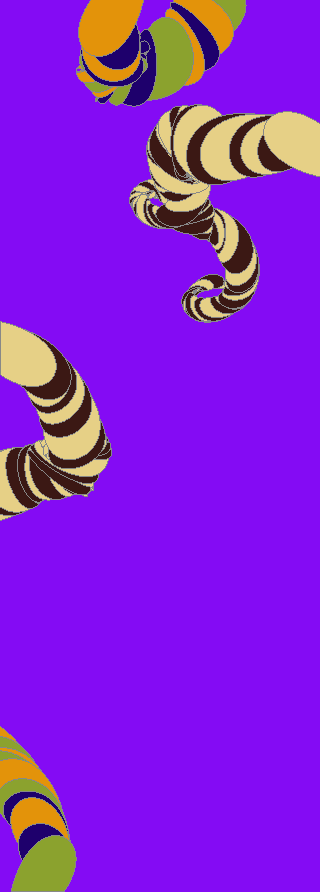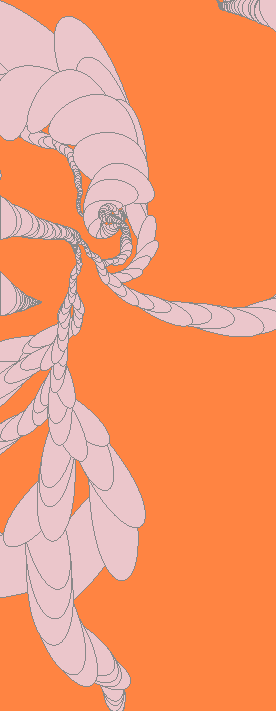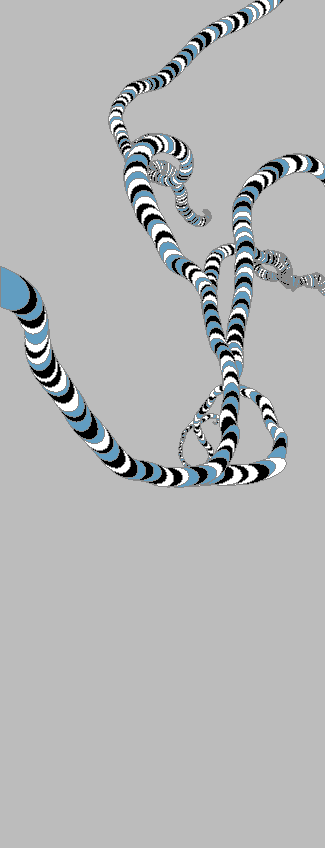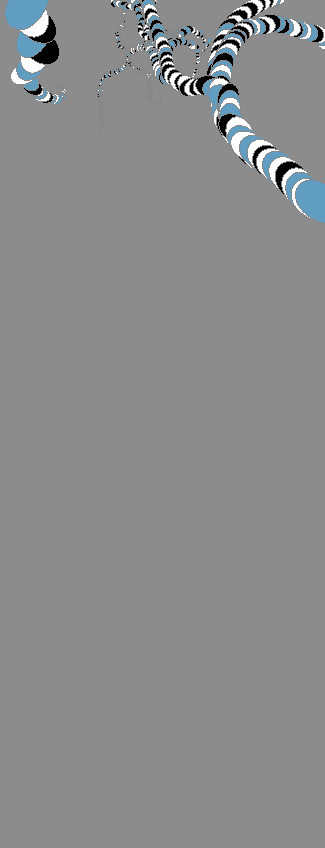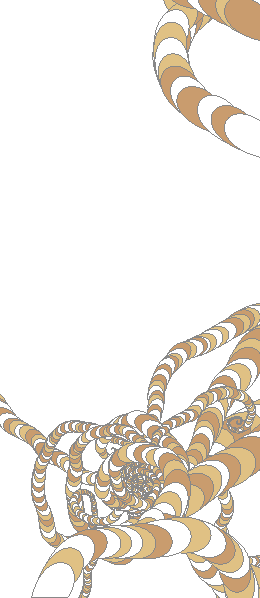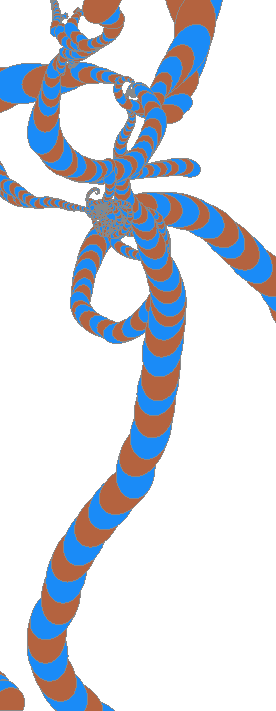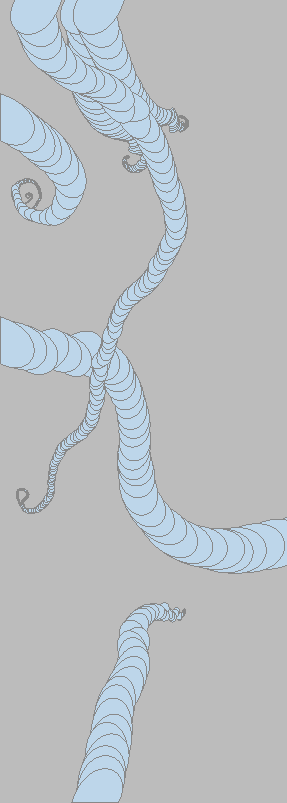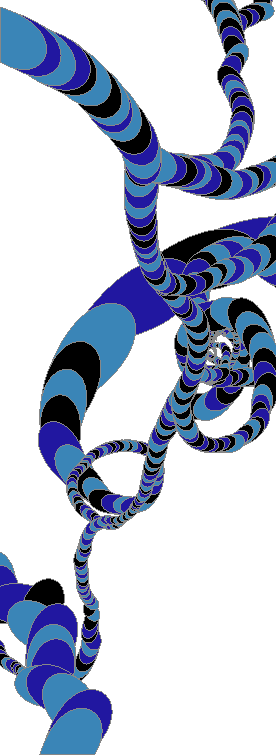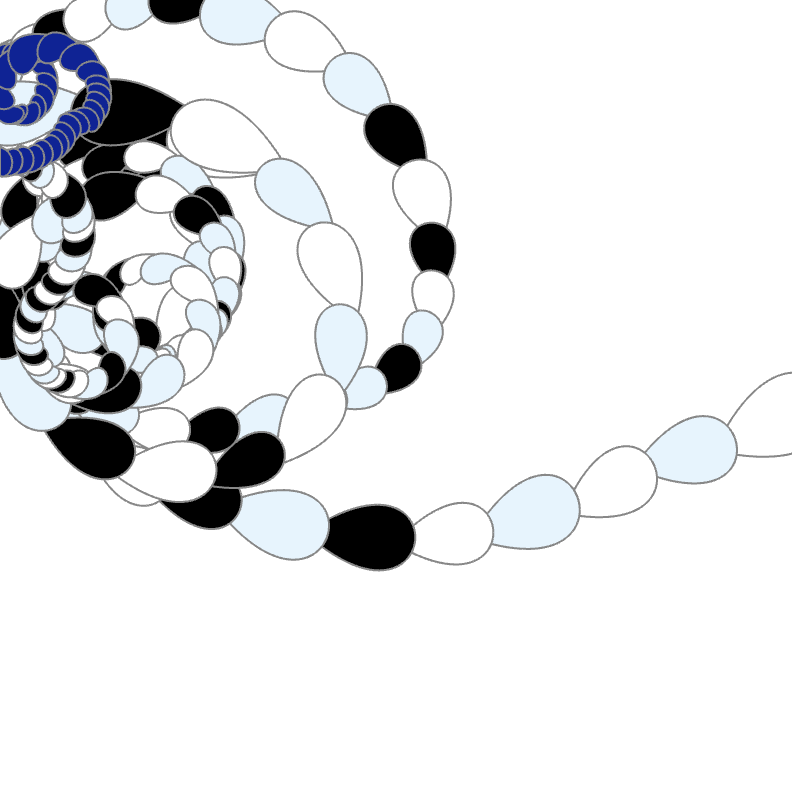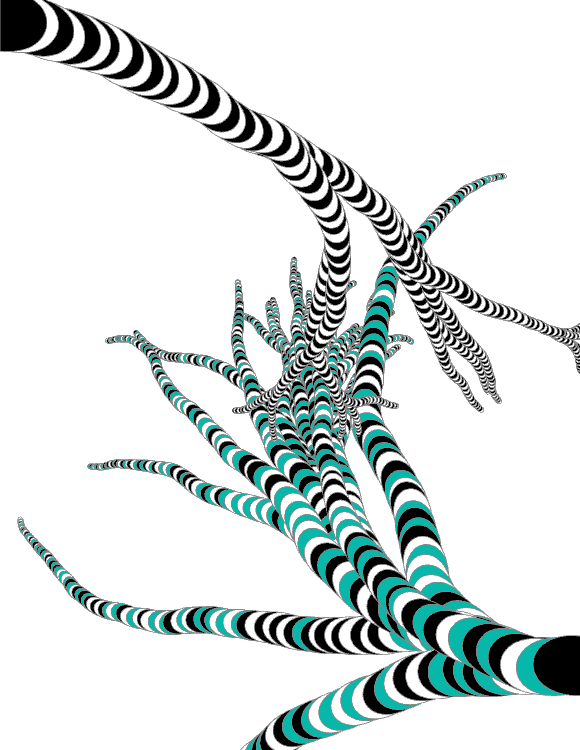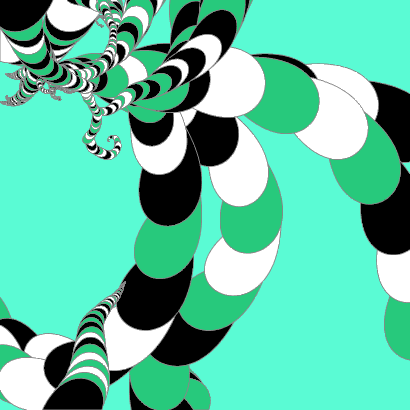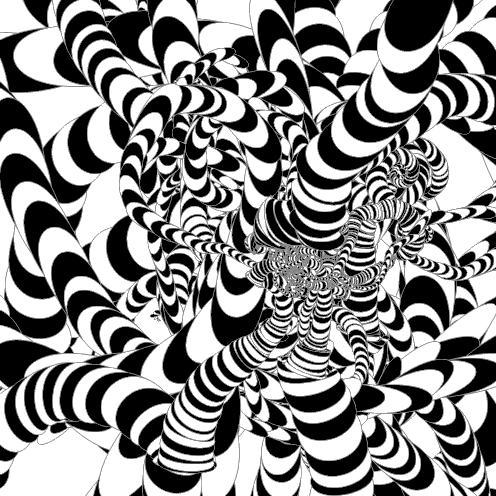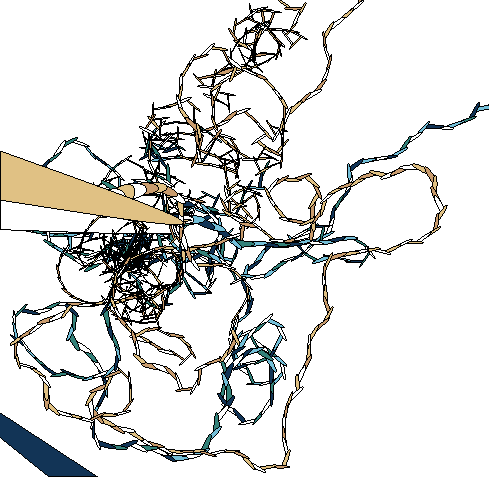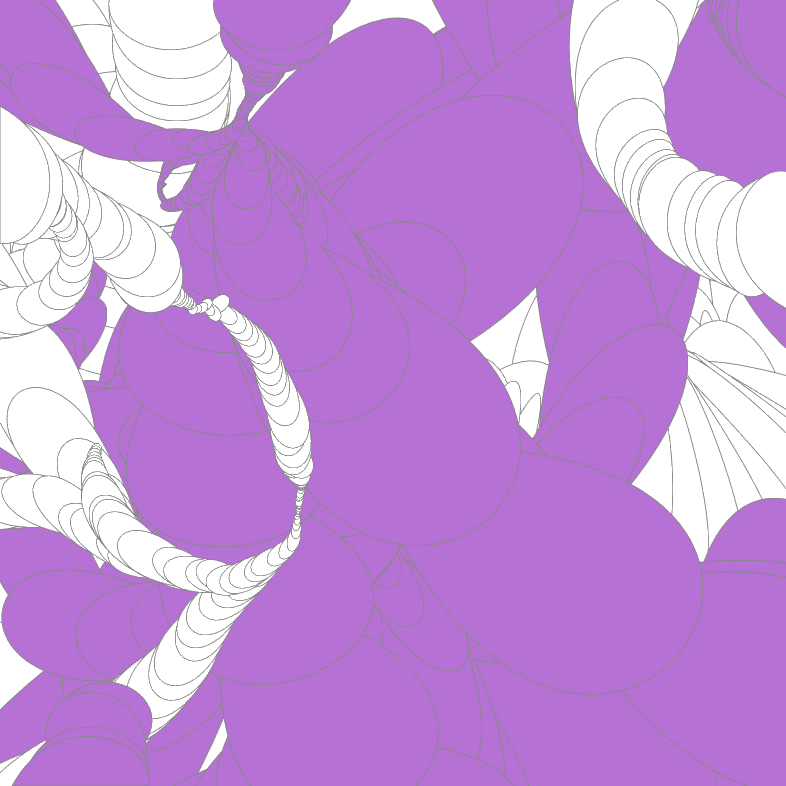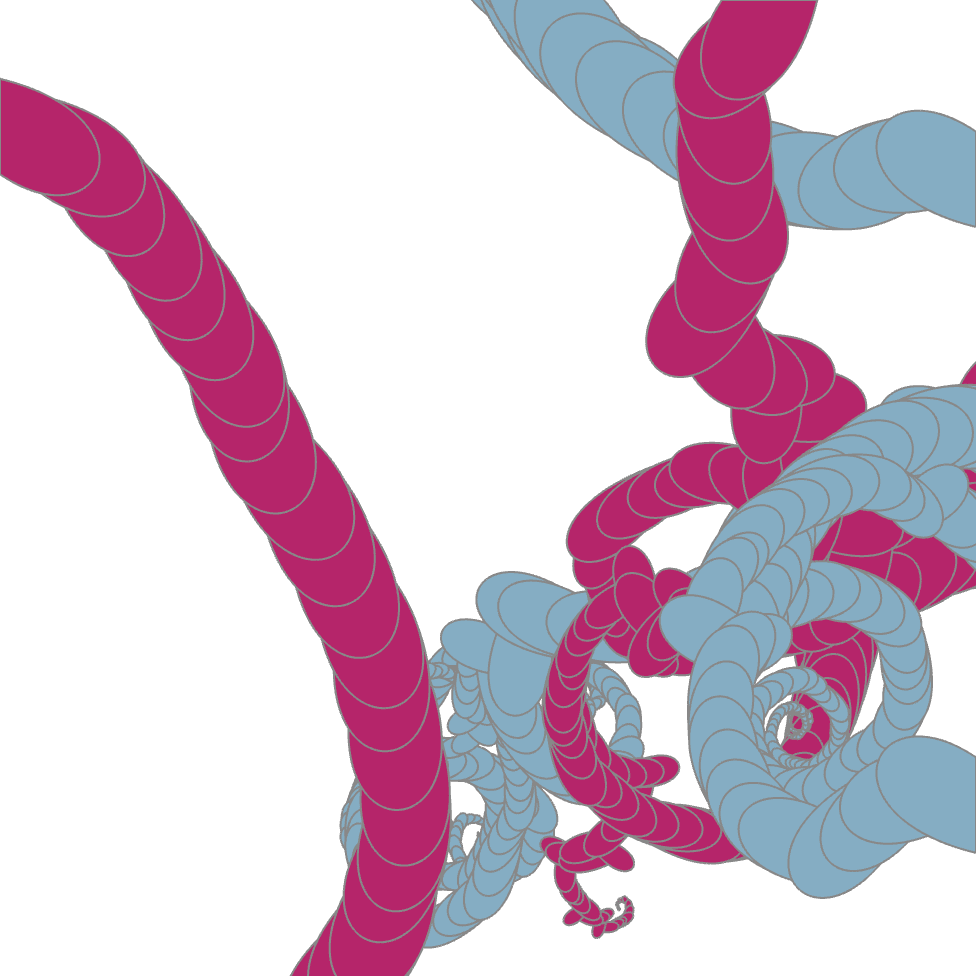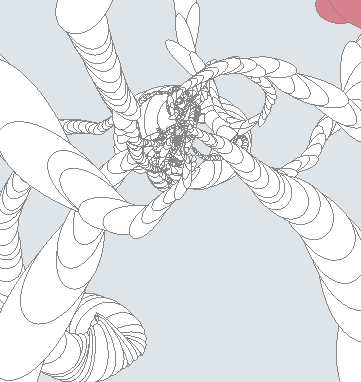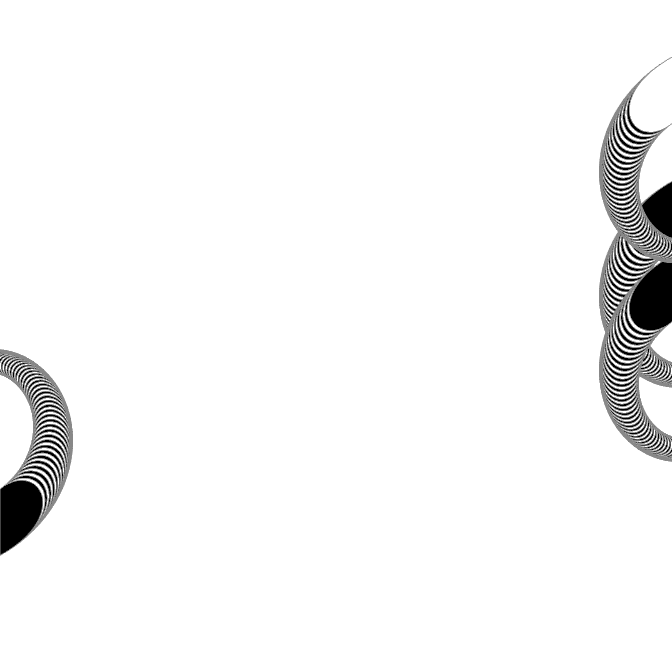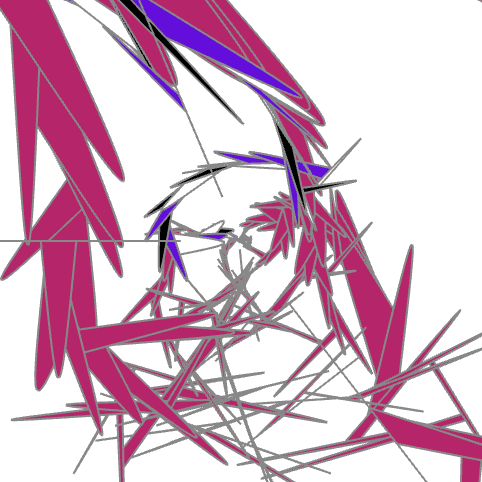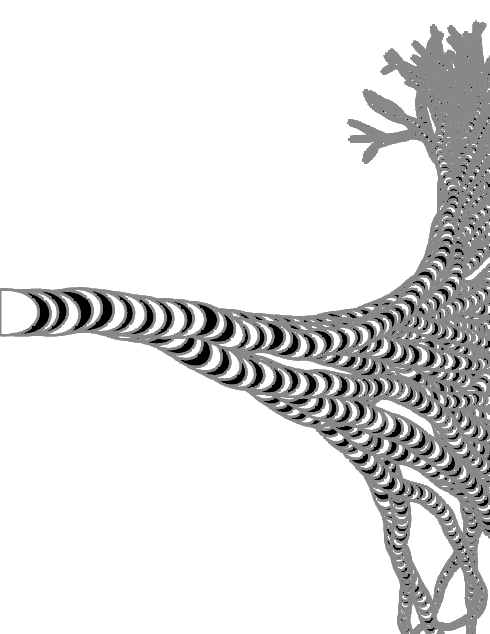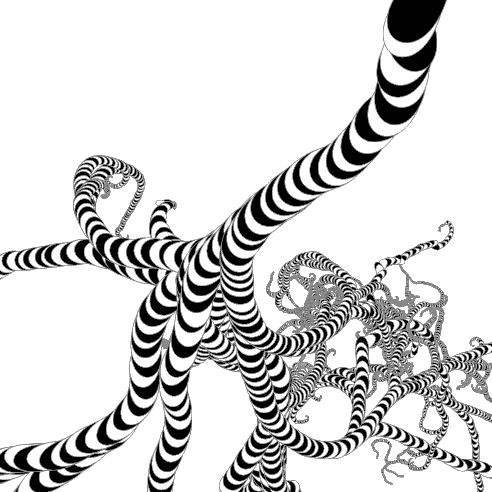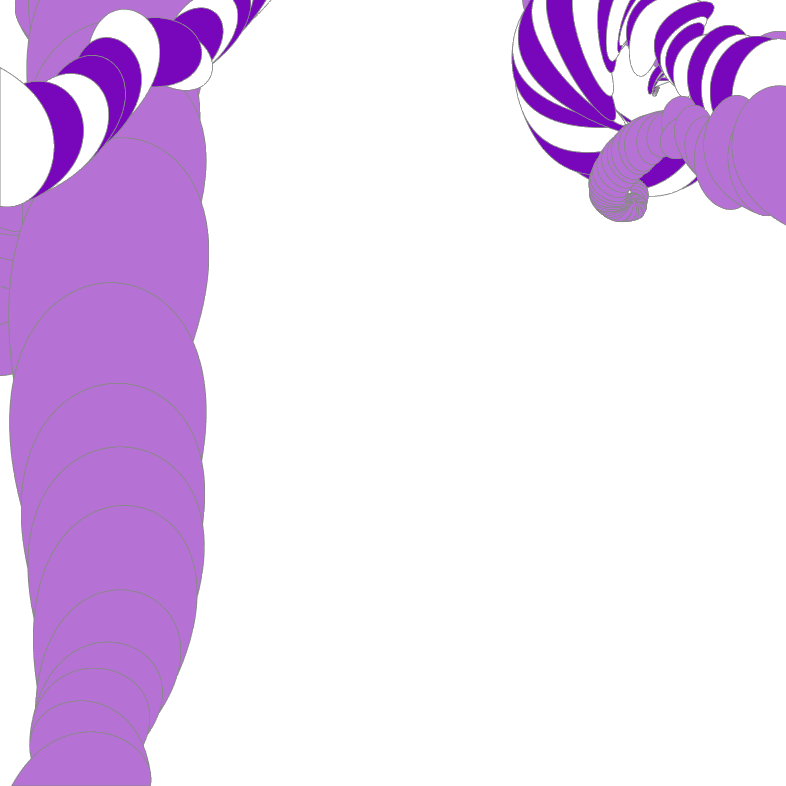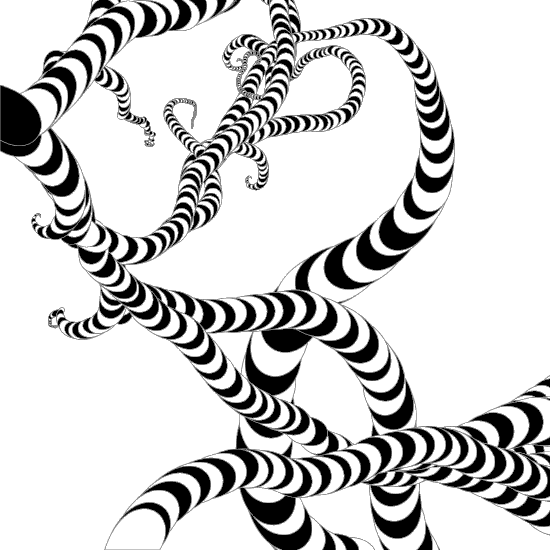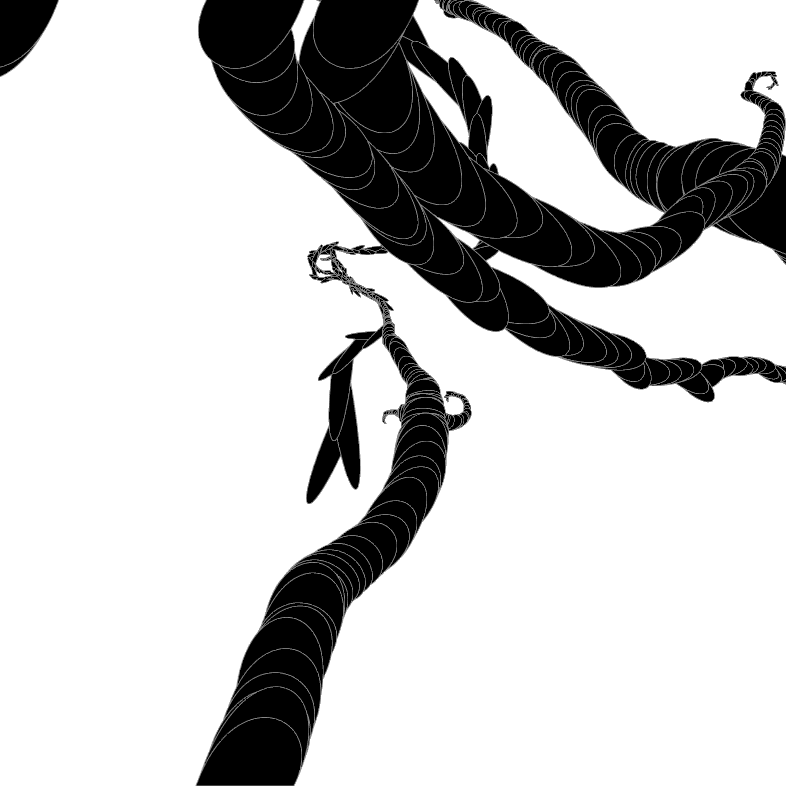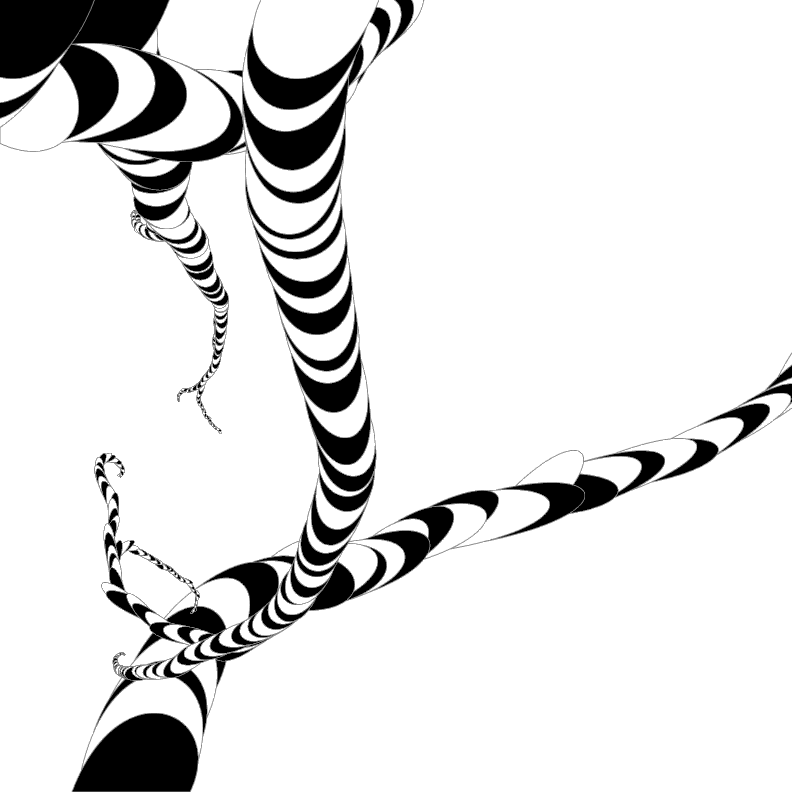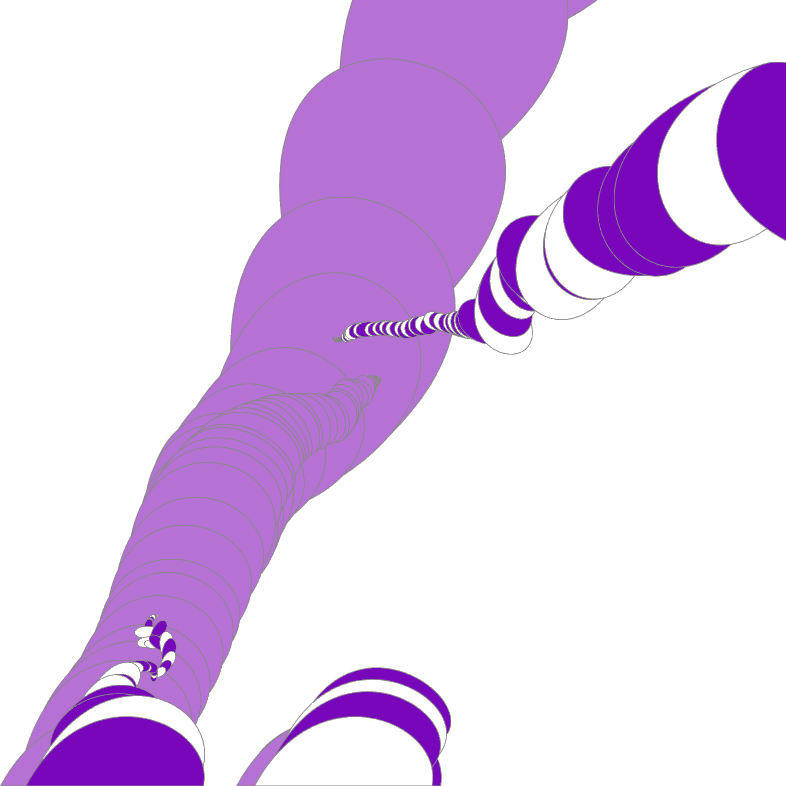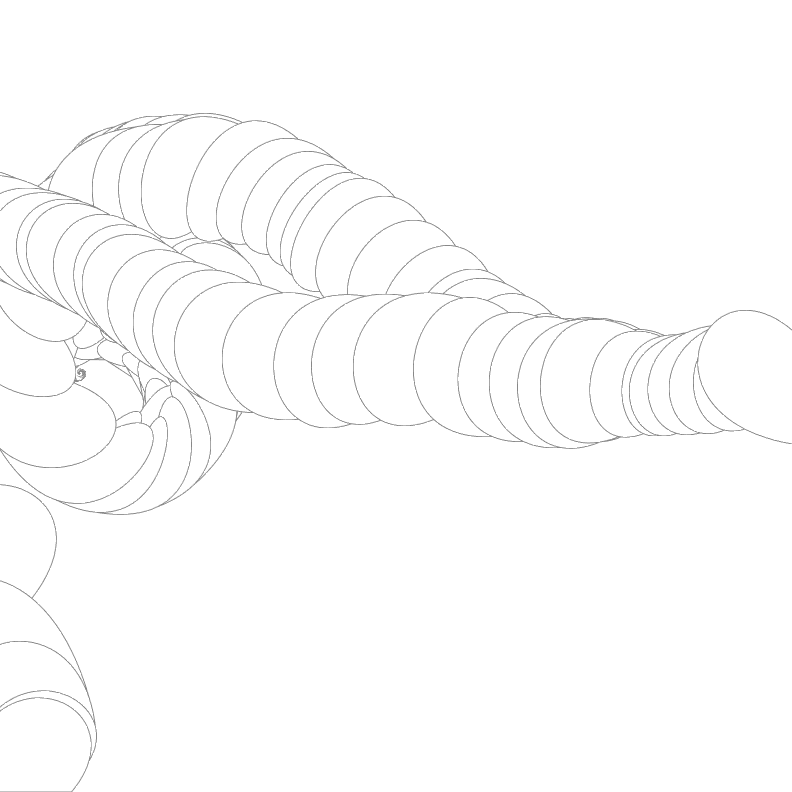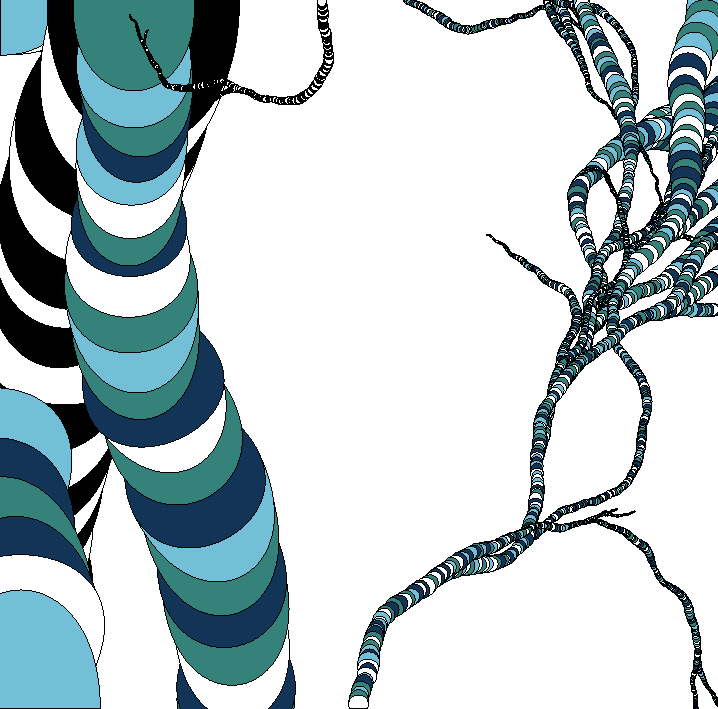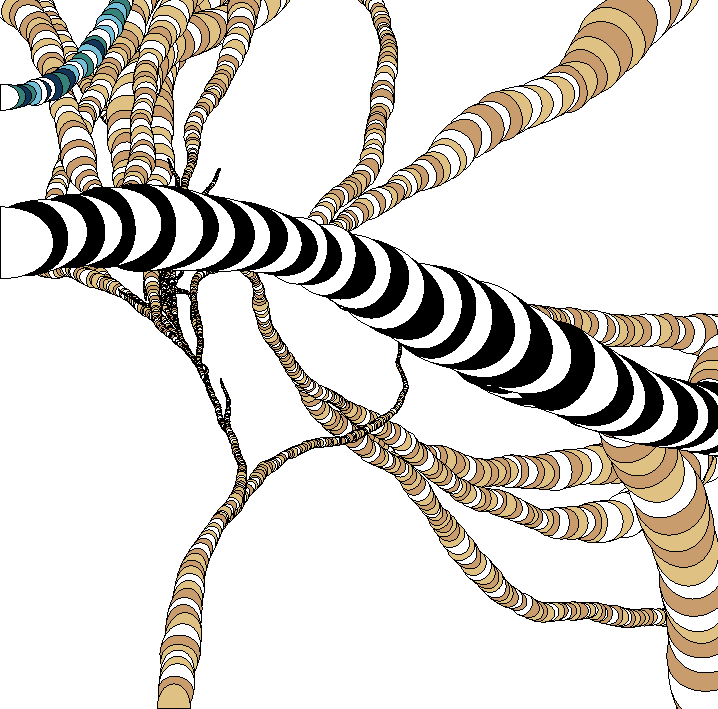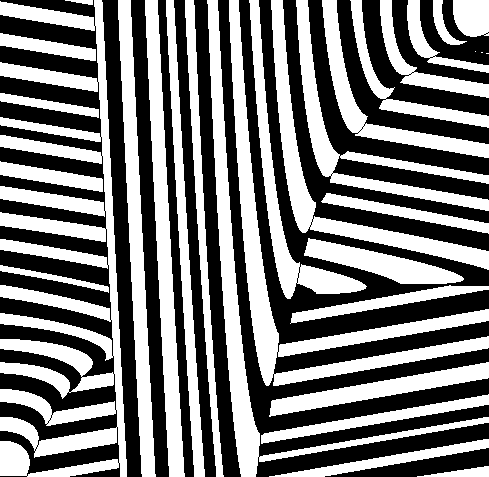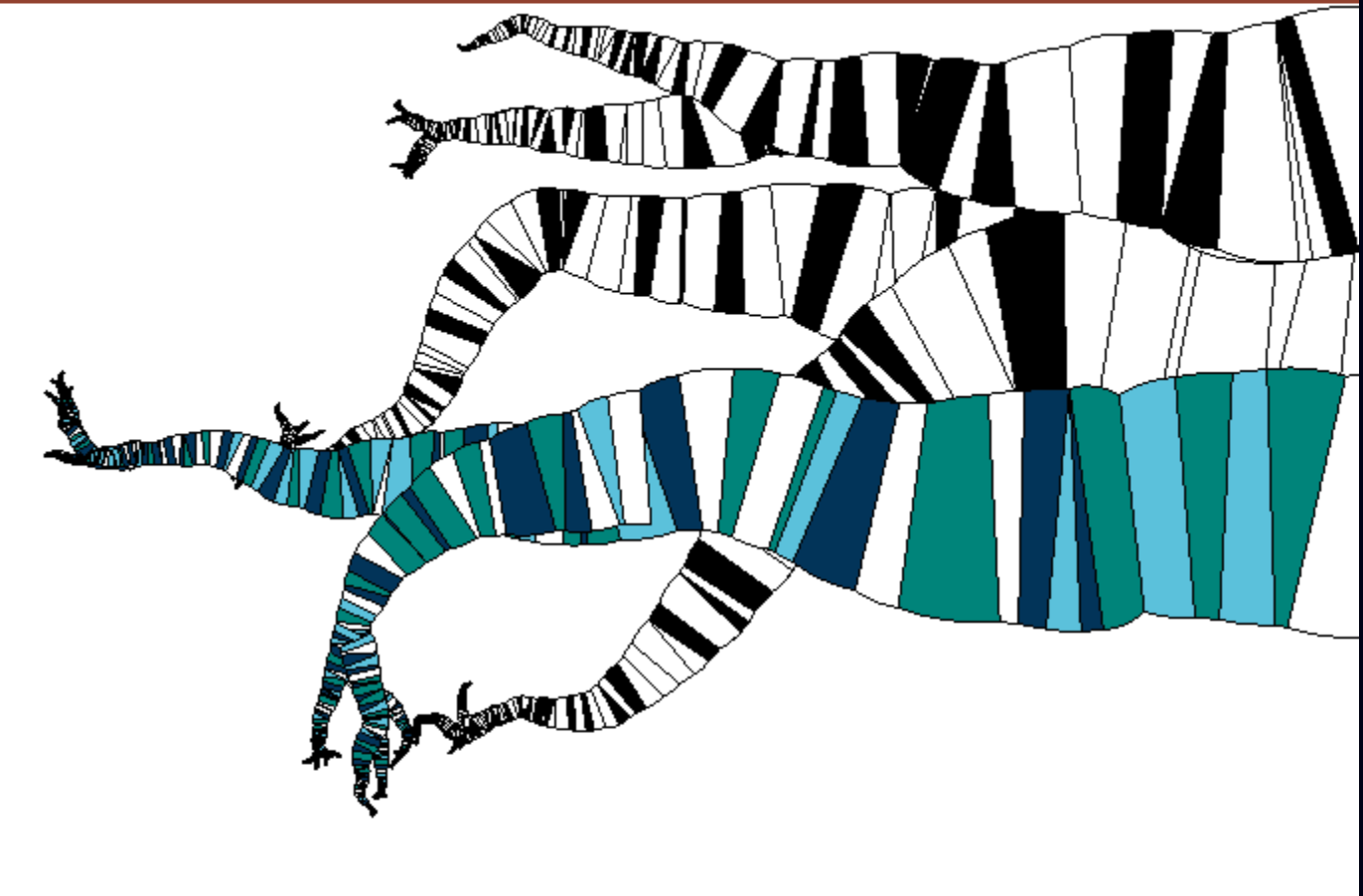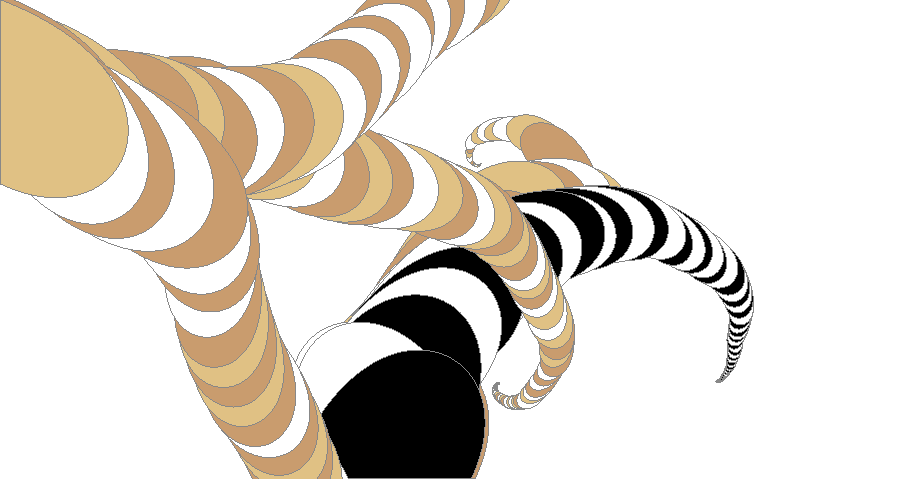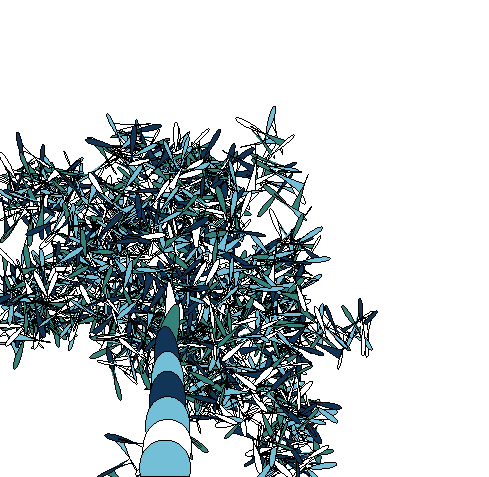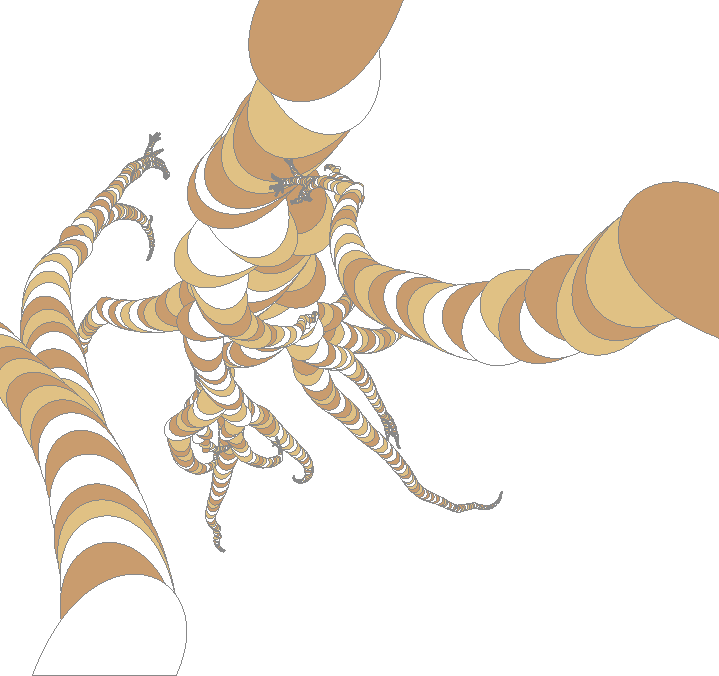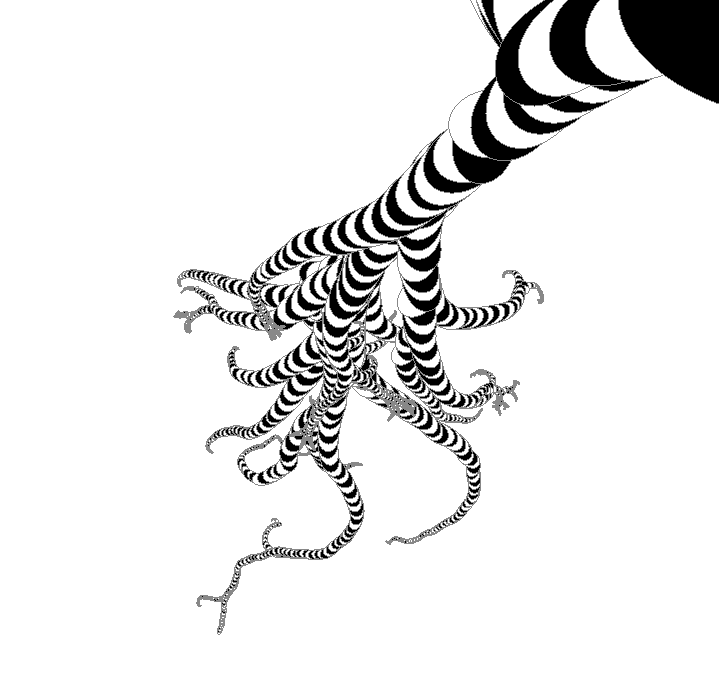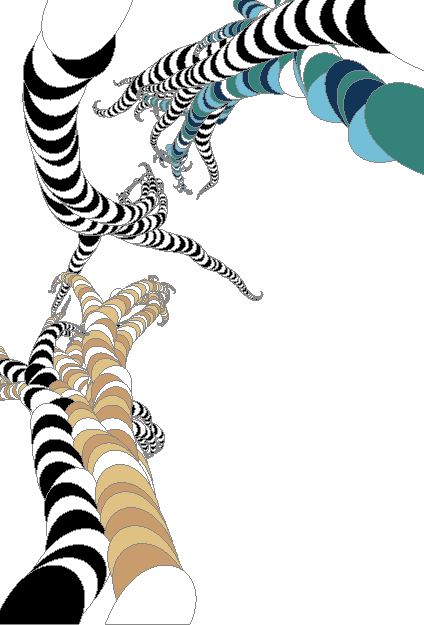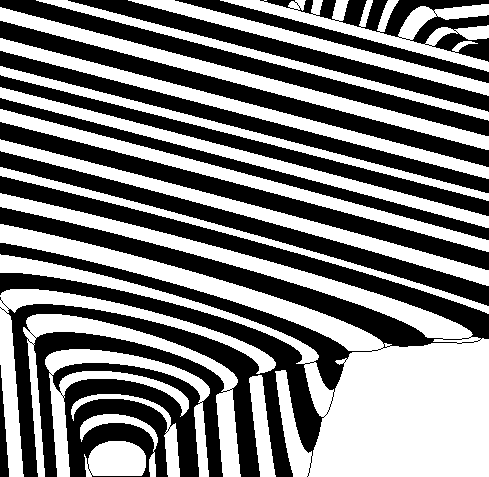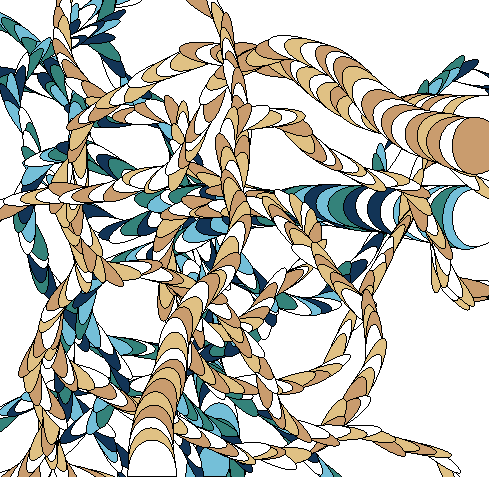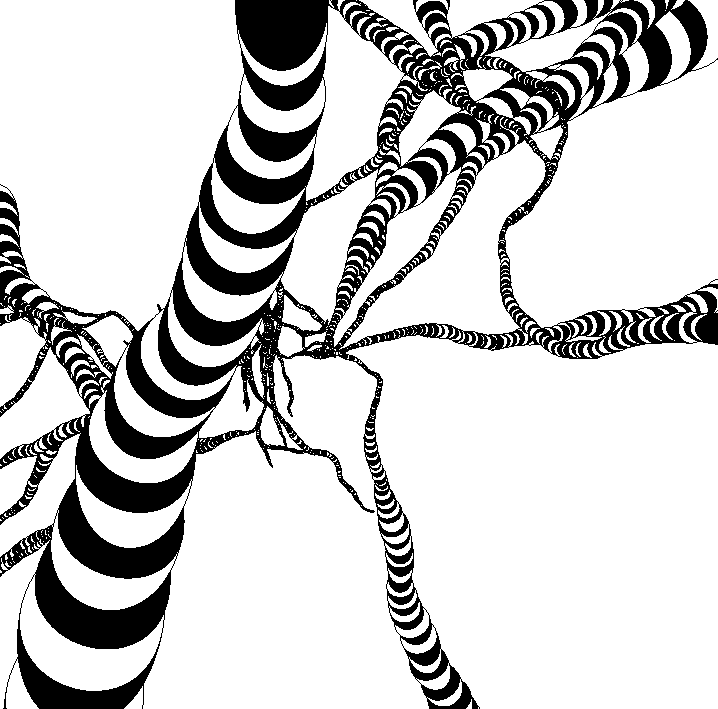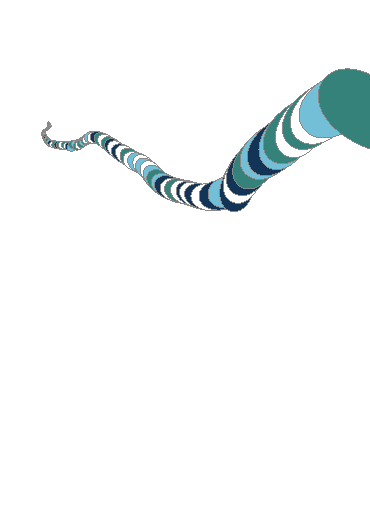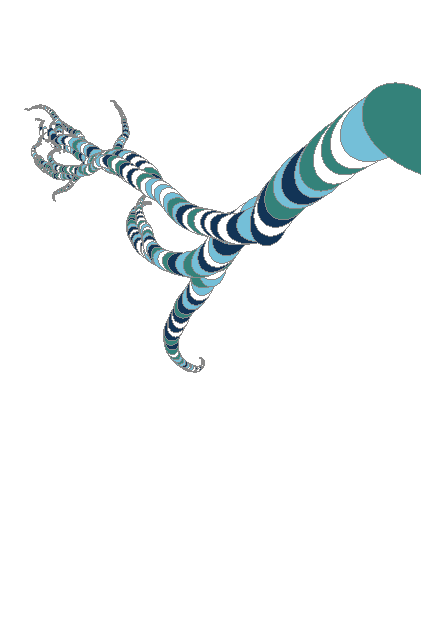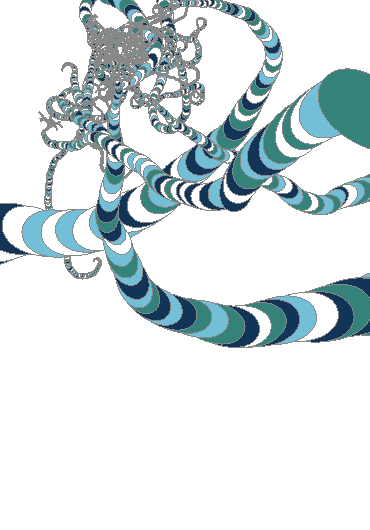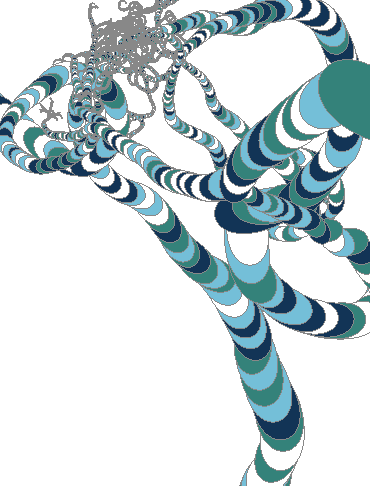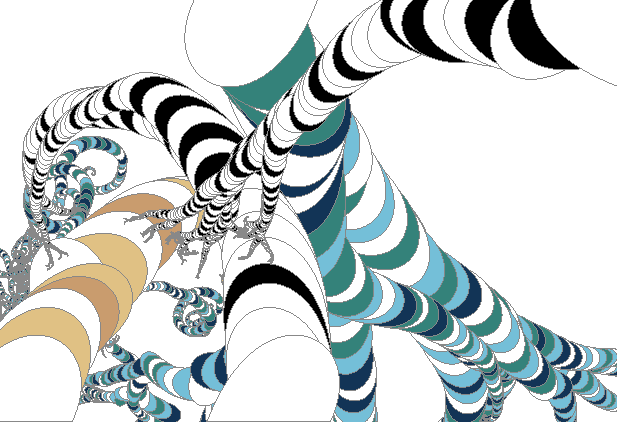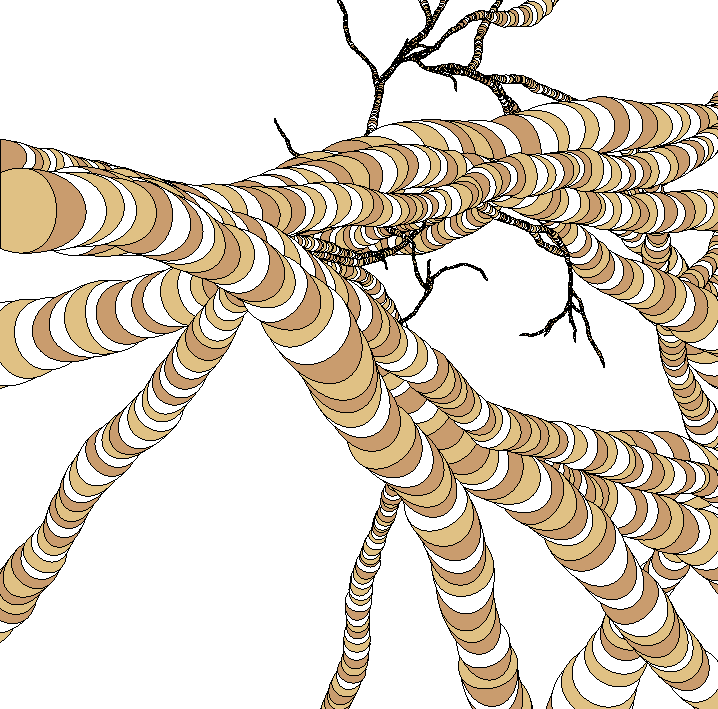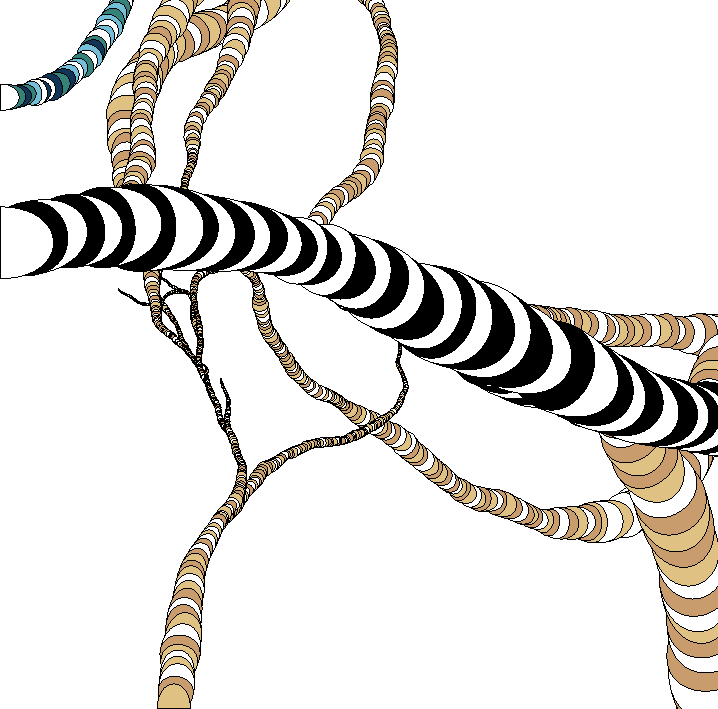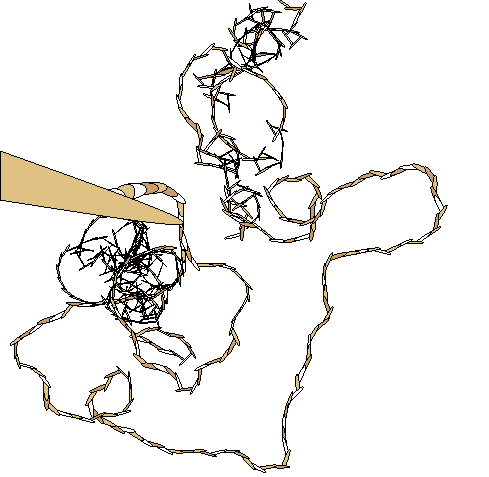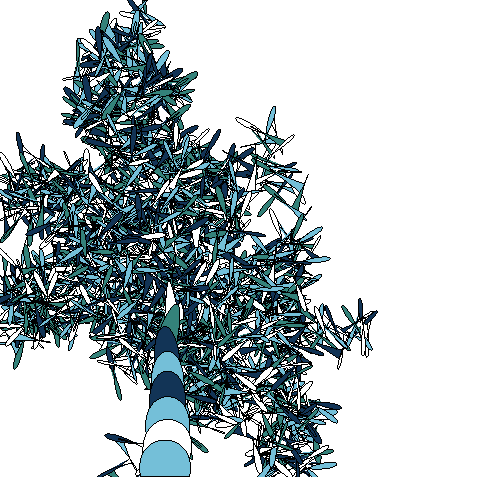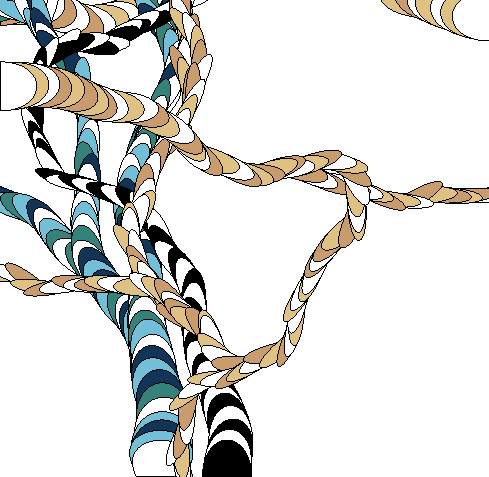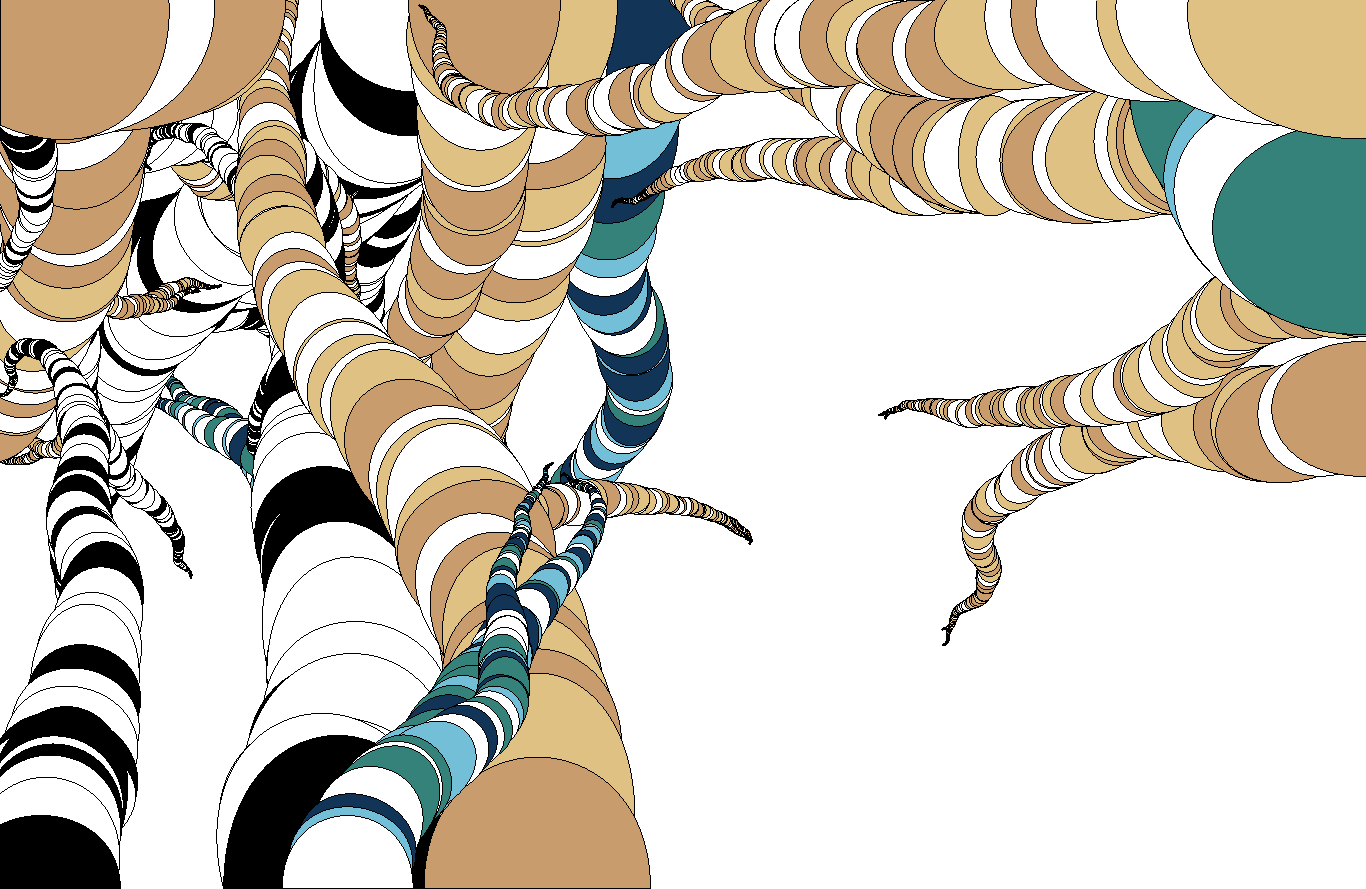Knots
Human Driven Genetic Generative Doodles
Knots is a playful experiment in algorithmic art, genetic evolution models, and community participation. By inserting human hands into a normally automated method of machine learning the project is meant to contrast our relationship with automation. By having that human hand work with a computational algorithm the project is meant as a case study in the eternal discussion of what 'art' is.
In Knots all drawings the user sees are generated by a complex set of algorithms constructed to recreate a doodle I have been drawing over the years. The algorithms are created in such a way that they accurately recreate these doodles when given the correct range of values but allow for a much wider range of values as controls. These additional combination dimensions result in a “near infinite” number of unknown variations to the drawings.
When participating a user is first shown a drawing generated similar to my old doodles, in genetic model terms the “parent”, where the set of inputs that accurately recreate the drawing is its “DNA”. The user is the presented with four “children” that underwent natural, random “mutations” from their parent, resulting in slightly different DNA. Perhaps one child has a new color introduced, and another’s shapes curl just a little faster, and another turns more square than ovalin.
The user then chooses a child they’d like to use as the parent for the next generation, at which point that parent then spawns four more children mutated from itself. The user is presented with the choice from these four new children, repeat ad infinitum.
The original visual design of Knots came from a doodle I started drawing as a child. Over the years it became more elaborate: rules of construction were added and removed, played with, pushed, and stretched. Most would agree the hand drawn doodles the algorithm is originally based on constitute very simple examples of art work.
However, proceeding further the conversation becomes more complicated:
Is an image created by running an algorithm art?
Is an algorithm itself, created with its structure, rules, and choices, art?
Is an images created by an individual who participates in Knots art?
Are Individuals participating themselves artists by choosing a child in each generation, exploring a branch of the near infinite branches of family trees, and molding the image to their liking (or disliking, or any other which way)?
Or because of the nature of the limitations of DNA’s data, limitations of the algorithm, even the computer’s own limitations in simulating random mutations can we say all of the possible creations are already decided, even if 99.999+% of them will never be realized?
Who care? Let’s look at pretty pictures.

